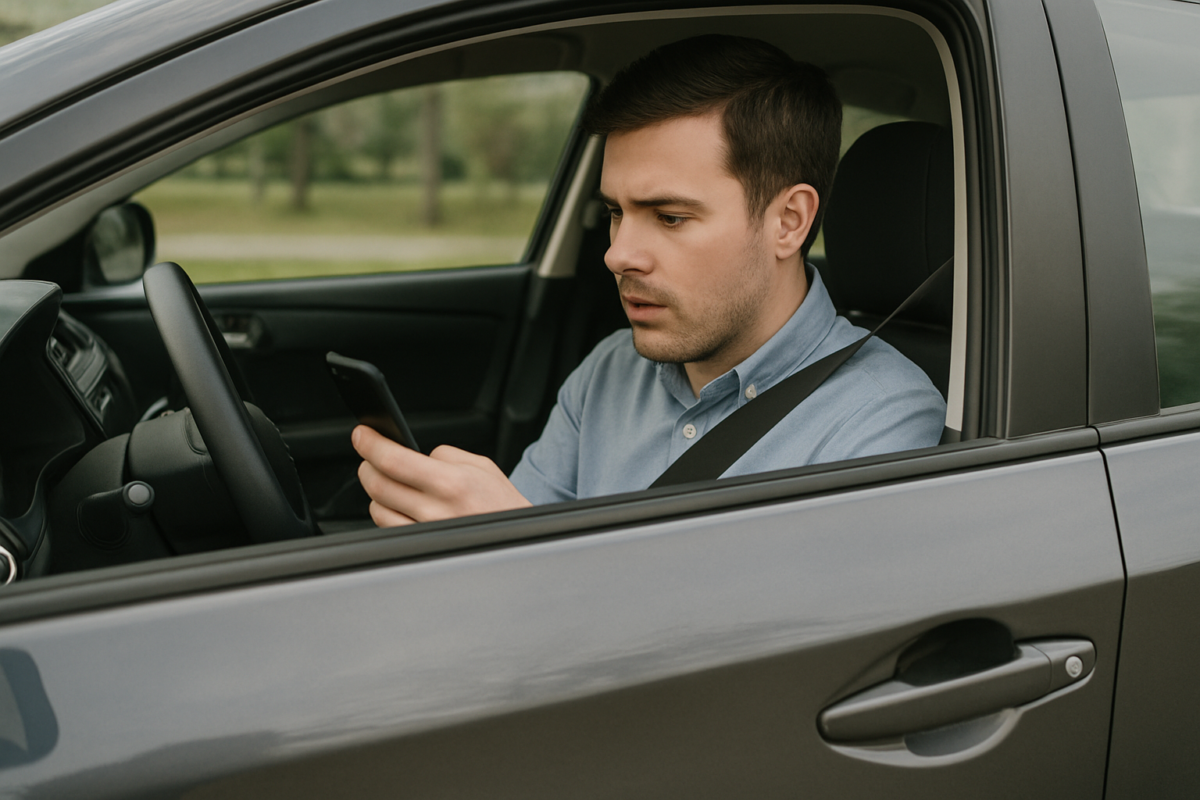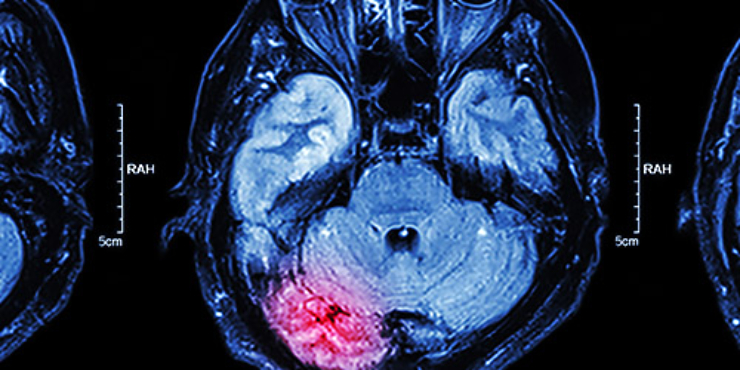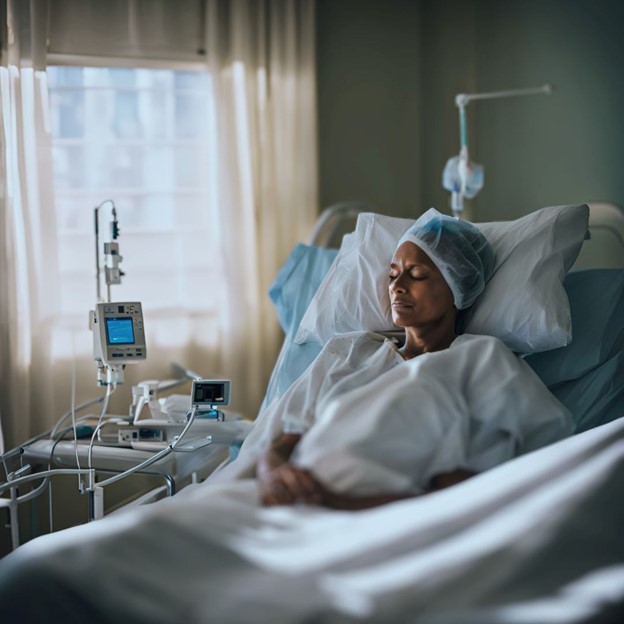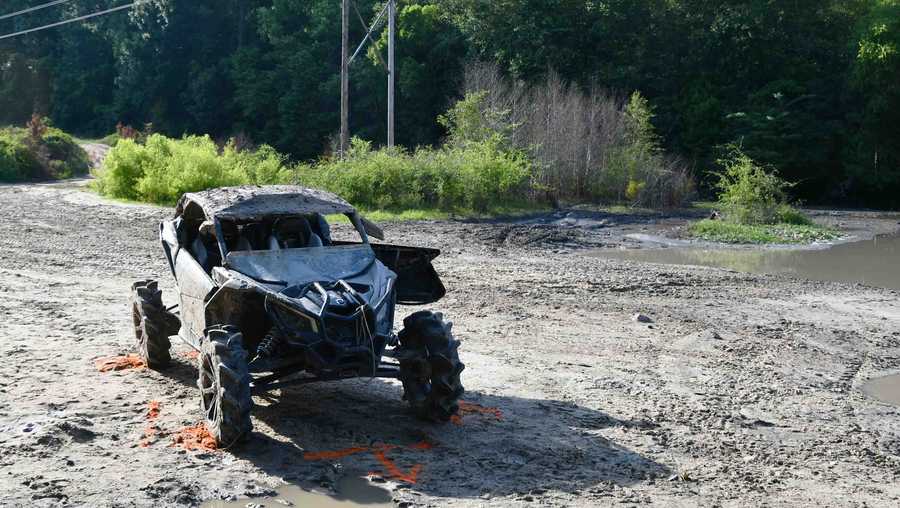Distracted driving accidents happen every day in South Carolina, and they can change lives in just a few seconds. When drivers take their eyes off the road, even for a moment, it can lead to serious crashes. These accidents often cause damage, injuries, or even death. It’s important to understand what distracted driving is and how to prevent it.
Types of distracted driving
There are three main types of distracted driving:
- Visual distractions: When drivers take their eyes off the road. Looking at a phone, GPS, or even turning to talk to someone in the back seat are visual distractions.
- Manual distractions: When drivers take their hands off the wheel. Eating, drinking, or changing the radio are common manual distractions.
- Cognitive distractions: When a driver’s mind is not focused on driving. Daydreaming or thinking about something stressful can take a driver’s attention away from the road.
Many accidents happen because drivers are distracted by more than one of these at the same time.
What is the number one driving distraction?
The number one driving distraction is using a cell phone, especially texting while driving. Texting takes your eyes, hands, and mind off the road. Reading or sending a text while driving at 55 mph is like driving the length of a football field with a blindfold on. This makes texting one of the most dangerous things a driver can do behind the wheel.
Consequences of distracted driving
The consequences of distracted driving can be severe. Some common results include:
- Car crashes
- Injuries to drivers, passengers, or pedestrians
- Expensive medical bills
- Tickets or legal trouble
- Higher car insurance rates
- Death
Even a small distraction can cause a bad accident. That’s why it’s so important to stay focused while driving.
Distracted driving deaths
Sadly, distracted driving accidents cause thousands of deaths each year across the United States. In South Carolina, many families lose loved ones because of drivers who weren’t paying attention. These deaths are especially tragic because they are preventable. Staying focused on the road could save a life—maybe even your own.
Distracted driving laws in South Carolina
South Carolina has laws in place to stop distracted driving:
Texting while driving is illegal for all drivers in South Carolina. S.C. Code § 56-5-3890 states “It is unlawful for a person to use a wireless electronic communication device to compose, send, or read a text-based communication while operating a motor vehicle on the public streets and highways of this State.”
Current violations: Drivers can be fined $25 for a first offense and $50 for more than one.
However, on 5/12/25, the SC governor signed the South Carolina Hands-Free and Distracted Driving Act into law. The law states that starting September 1, 2025:
” While operating a motor vehicle on any public highway of this State, a person shall not:
(1) hold or support, with any part of the body, a mobile electronic device. This provision does not prohibit the use of an earpiece or device worn on a wrist to conduct voice-based communication;
(2) read, compose, or transmit any text including, but not limited to, a text message, email, application interaction, or website information on a mobile electronic device;
(3) watch motion including, but not limited to, a video, movie, game, or video call on a mobile electronic device.”
This means your phone cannot be in your hand, or in your lap while driving.
Violations: For the first 180 days after the law goes into effect, law enforcement will only issue warnings. After that, violations could result in fines and points against your driver’s license.
Distracted driving statistics
Here are some important facts about distracted driving:
- According to the South Carolina Department of Public Safety, distracted driving causes over 20,000 crashes a year in South Carolina.
- Young drivers are the most likely to drive while distracted.
- More than 250,000 people are injured each year in the US in distracted driving accidents.
- Nationally, more than 3,000 people die each year in distracted driving accidents.
- “Texting and driving is six times more dangerous than driving drunk.”
- “You are 90% more likely to have an accident when driving distracted.” (doi.sc.gov)
These numbers show just how serious the problem is. We can all help lower these statistics by putting down our phones and paying attention while driving.
How can you prevent distracted driving?
- When you get in the driver’s seat, commit to focus fully on driving, and to avoid distractions.
- Silence or store your cell phone out of reach so that you’re not tempted to look at it or use it while driving.
- Adjust seats, mirrors, seat belt, etc. before getting on the road.
- Set GPS, radio, and AC/heat before taking your car out of park.
- Never attempt to multi-task while driving. Ask a passenger for help, or pull over to perform other tasks, like updating directions on the GPS.
- As a passenger, discourage distracted driving, and help when needed.
- Ask yourself: Who’s driving if I’m distracted?
(DefensiveDriving.org)
The Law Offices of David L. Hood – Serving Car Accident Victims in South Carolina
If you or someone you love has been hurt in a distracted driving accident in South Carolina, the legal team at The Law Offices of David L. Hood and co-counsel will help you navigate the situation professionally. We have over 30 years’ experience helping people involved in serious accidents. After gathering all the necessary information, we will pour our efforts into building your case to get you a fair settlement. We’ll also take it to court if the insurance company won’t be reasonable.
Attorney Hood and his co-counsel legal team have a passion to help. We offer a free initial consultation where we provide candid legal advice on what options you may have. If you choose to work with us, we promise a contingent fee based case, where you don’t pay unless we get a recovery for you.
Call us today for your free initial consultation. We can also be reached 24/7 by email, text or chat.
Don’t wait—talk to a lawyer who understands distracted driving accidents today!















